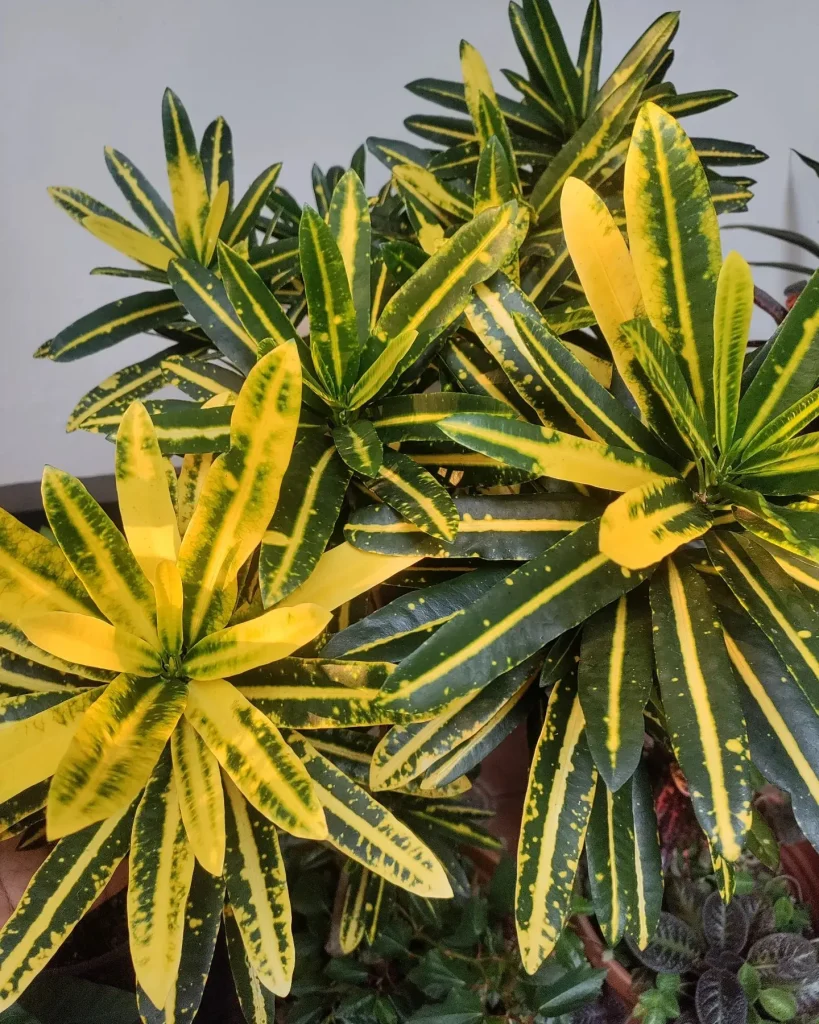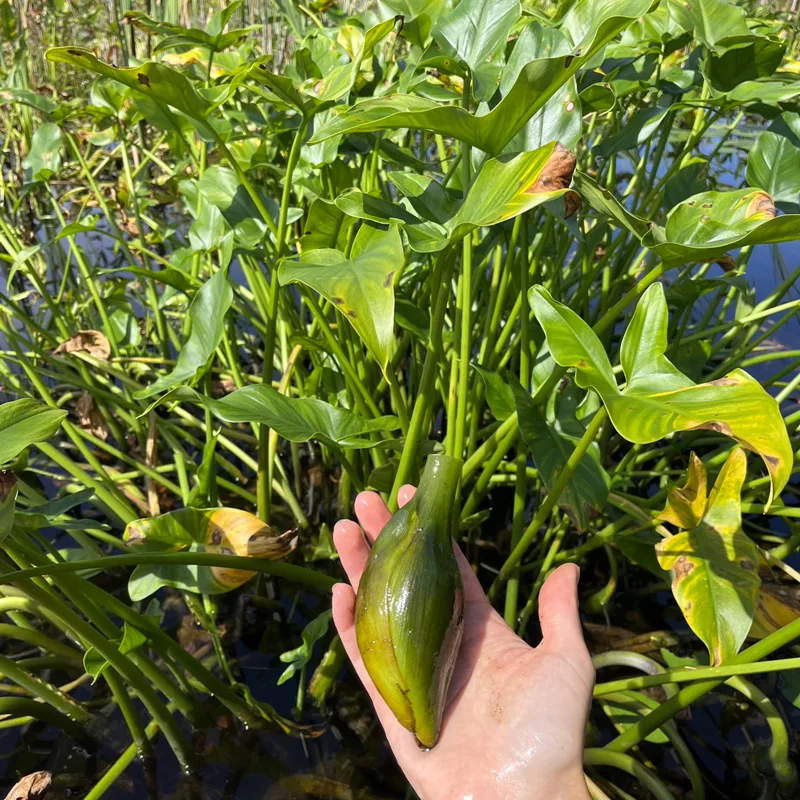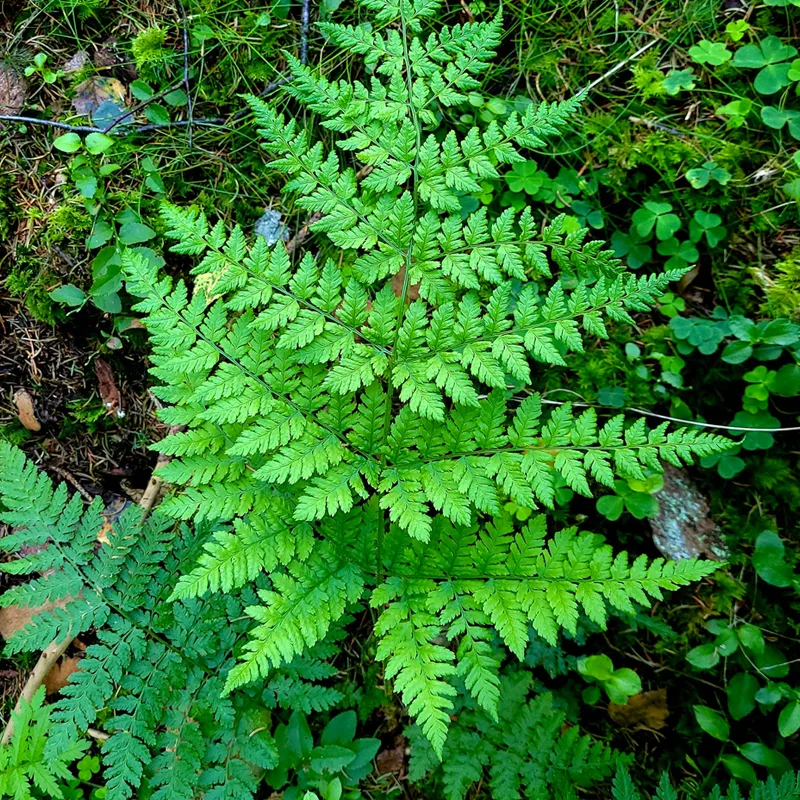Santalaceae: A Family of Fascinating Plants
As a plant enthusiast, I, Ferb Vu, am constantly drawn to the unique and diverse world of botany. One plant family that has always captivated me is the Santalaceae. This remarkable family encompasses a wide array of species, each with its own fascinating characteristics and ecological roles. Today, I want to share my insights into the Santalaceae family, highlighting some of its notable genera and the unique features that make them so intriguing.
A Glimpse into Santalaceae
The Santalaceae family, commonly referred to as the sandalwood family, consists of approximately 400 species spread across 40 genera. These plants are predominantly hemiparasitic, meaning they obtain some of their nutrients from other plants through specialized structures called haustoria. This parasitic nature often leads to complex relationships with their host plants, creating a delicate balance within their ecosystems.
Santalaceae plants exhibit a wide range of growth habits, from small herbs and shrubs to large trees. They can be found in various habitats worldwide, including tropical rainforests, arid deserts, and temperate woodlands. Their adaptability and resilience have allowed them to thrive in diverse environments, making them a testament to the wonders of nature.
Genera of the Santalaceae Family
The Santalaceae family boasts a diverse collection of genera, each with its own unique charm and ecological significance.
- Santalum: This genus is perhaps the most well-known within the Santalaceae family, encompassing the iconic sandalwood trees. These trees are highly valued for their fragrant heartwood, which is used in perfumes, incense, and traditional medicine. The demand for sandalwood has led to overexploitation and conservation concerns, highlighting the importance of sustainable harvesting practices. – 19 Species in Genus Santalum
- Exocarpos: This genus comprises a group of hemiparasitic trees and shrubs, commonly known as ballarts or cherry ballarts. They are native to Australia, New Zealand, and some Pacific islands. Ballarts are characterized by their fleshy fruits, which are often brightly colored and attract birds and other animals for seed dispersal.
- Osyris: This genus includes several species of hemiparasitic shrubs, some of which are known as bastard sandalwoods. They are found in various regions, including Europe, Asia, and Africa. Osyris plants play essential roles in their ecosystems, providing food and shelter for wildlife while contributing to nutrient cycling.
- Thesium: This genus encompasses a diverse group of hemiparasitic herbs, often referred to as thesiums. They are distributed across Europe, Asia, and Africa, inhabiting a range of habitats from grasslands to woodlands. Thesiums display intricate floral structures and play important roles in pollination networks.
- Acanthosyris (Eichler) Griseb.
- Amphorogyne Stauffer & Hürl.
- Antidaphne Poepp. & Endl.
- Arceuthobium M.Bieb.
- Buckleya Torr.
- Cervantesia Ruiz & Pav.
- Choretrum R.Br.
- Comandra Nutt.
- Daenikera Hürl. & Stauffer
- Dendromyza Danser
- Dendrophthora Eichler
- Dendrotrophe Miq.
- Dufrenoya Chatin
- Eubrachion Hook.f.
- Geocaulon Fernald
- Ginalloa Korth.
- Jodina Hook. & Arn. ex Meisn.
- Korthalsella Tiegh.
- Lacomucinaea Nickrent & M.A.García
- Lepidoceras Hook.f.
- Leptomeria R.Br.
- Mida R.Cunn. ex A.Cunn.
- Myoschilos Ruiz & Pav.
- Nanodea Banks ex C.F.Gaertn.
- Nestronia Raf.
- Notothixos Oliv.
- Okoubaka Pellegr. & Normand
- Osyridicarpos A.DC.
- Phacellaria Benth.
- Phoradendron Nutt.
- Pilgerina Z.S.Rogers, Nickrent & Malécot
- Pyrularia Michx.
- Rhoiacarpos A.DC.
- Scleropyrum Arn.
- Staufferia Z.S.Rogers, Nickrent & Malécot
- Viscum L.
Unique Features and Ecological Roles
The Santalaceae family exhibits several unique features that contribute to its ecological significance and evolutionary success. Their hemiparasitic nature allows them to access additional resources from host plants, enhancing their survival in challenging environments. This parasitic relationship also fosters complex interactions within ecosystems, influencing plant community dynamics and nutrient cycling.
Furthermore, many Santalaceae plants produce fruits and seeds that are attractive to birds and other animals, facilitating seed dispersal and promoting genetic diversity. Their flowers often exhibit intricate structures and attract a variety of pollinators, contributing to the maintenance of biodiversity.
In conclusion, the Santalaceae family is a treasure trove of botanical wonders, encompassing a diverse array of species with unique adaptations and ecological roles. From the iconic sandalwood trees to the lesser-known ballarts and thesiums, each genus within this family offers a glimpse into the intricate web of life. As we continue to explore and understand the Santalaceae family, we gain a deeper appreciation for the interconnectedness of nature and the importance of preserving its delicate balance.
If i die, water my plants!



